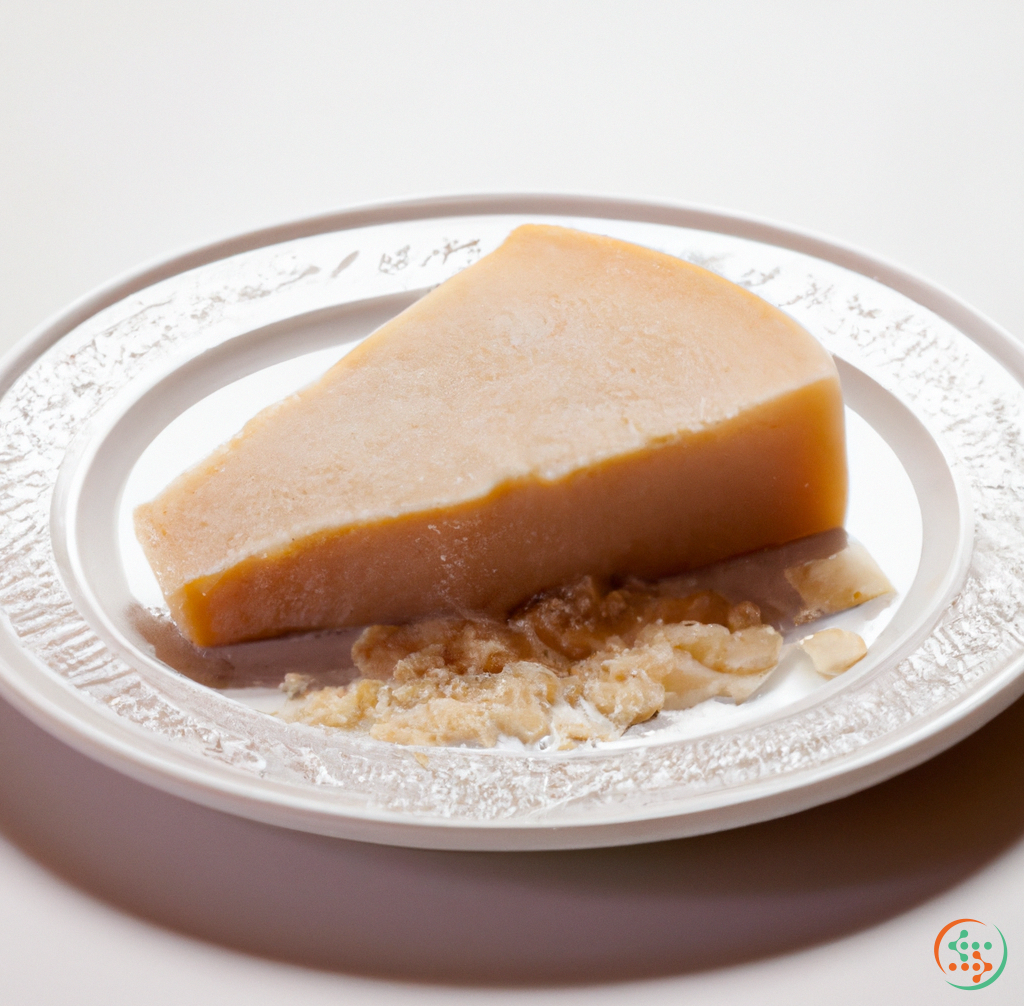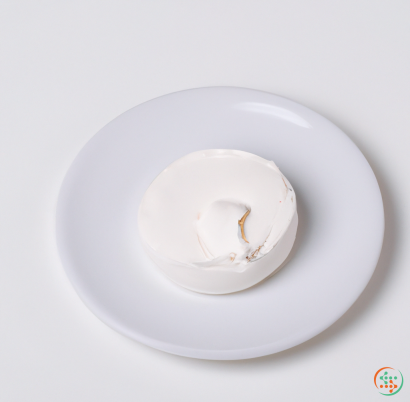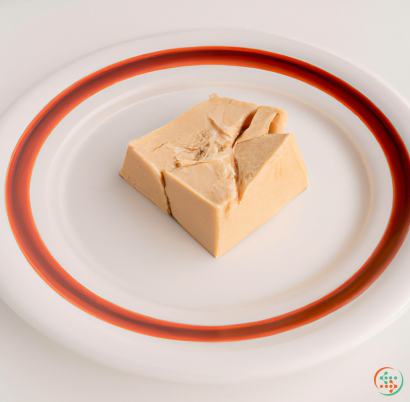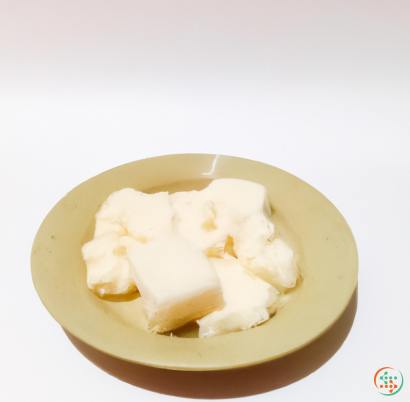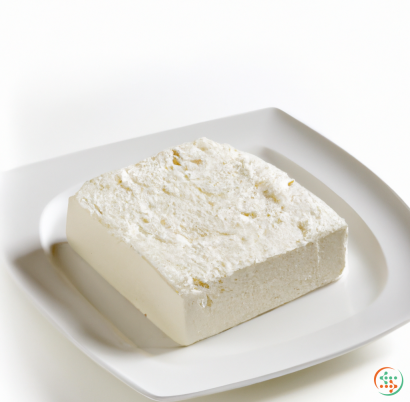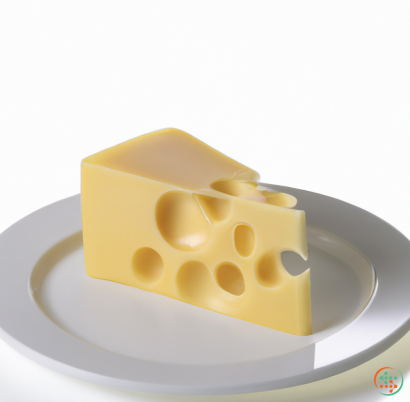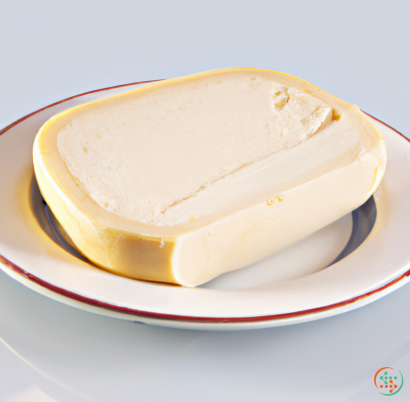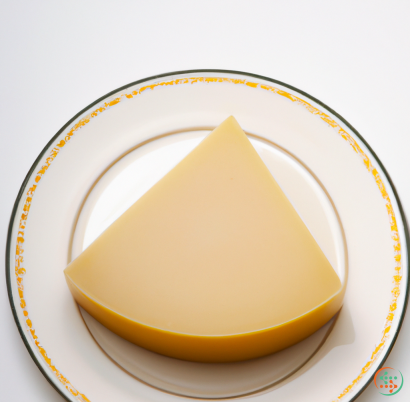Parmesan Cheese
Parmesan is an iconic Italian cheese, known for its hard texture and nutty, salty flavor that give pasta dishes that extra special something. From pizzas and pastas to salads and soups, a good Parmesan cheese has a way of taking any recipe from average to amazing. But what is Parmesan really? How did this cheese earn its lofty place in foodie royalty, and why is it so beloved around the world? Read on to find out everything you need to know about Parmesan cheese.
What is Parmesan Cheese?
Parmesan cheese is an aged, hard cheese that originated in the Emilia-Romagna region of Italy and is now one of the most popular types of cheese used in cooking around the world. It’s known as Parmigiano-Reggiano, or just “Parmesan” for short. Parmesan is made with cow’s milk, salt, rennet, and enzymes. The cheese is then aged for at least 12 months and some types of Parmesan can be aged for up to three years.
The History of Parmesan Cheese
The first references to a cheese similar to today’s Parmesan cheese can be traced back to the Middle Ages. During this time, monks in the Italian region of Emilia-Romagna were the first to produce a cheese made from cows’ milk that was suited for long-term storage. These wheels of cheese were then stored for months, or even years, to give them their piquant flavour. In the 14th century, Parmigiano-Reggiano was awarded a P.D.O. (Protected Designation of Origin) status, making it one of the earliest cheeses to receive such a distinction and helping to ensure it's authenticity to this day.
How is Parmesan Cheese Made?
The centuries-old process of producing Parmesan cheese hasn’t changed much over the years. Parmesan cheese is still made using the same techniques that were developed in the Middle Ages. First, raw cow’s milk is collected from farms that are within the Emilia-Romagna region and then it must be processed within 24 hours and heated to a required temperature, 32? for whole milk and 39? for skimmed milk. After that, calf rennet and other dry ingredients such as salt, pepper, peppermint and oregano are added. The curds are then cooked and stirred, strained, milled and kneaded. The cheese is then put into a mould to give it its typical wheel shape, and it is left to age in a controlled room for 12 to 24 months at a temperature of 14°C. During the aging process, the cheese is periodically inspected and given a stamp of authenticity.
What are the Different Types of Parmesan Cheese?
Parmesan cheese can be characterized into two main types: Grana Padano and Parmigiano-Reggiano. Both types of Parmesan cheese are milk based and made with partially skimmed cow’s milk, but their production methods are slightly different. Grana Padano has a milder taste and is aged for a shorter period of time (9–18 months). On the other hand, Parmigiano Reggiano is aged for 12 to 36 months and has a strong, nutty flavor.
What is the Difference Between Parmesan and Other Cheeses?
While Parmesan is similar to other hard cheeses out there, such as Asiago and Romano, it still has some key differences. Parmesan is harder and drier than other cheeses, with a grainy texture and a salty, nutty flavor. It also tends to be more expensive than most other types of cheese due to its lengthy production process and the expensive ingredients used (i.e., cow’s milk). Parmesan also contains higher levels of calcium than other cheeses, making it an ideal choice for those looking to increase their calcium intake.
What is the Best Way to Enjoy Parmesan Cheese?
The best way to enjoy Parmesan cheese is by grating it onto pastas, pizzas and salads. You can also sprinkle some on top of casseroles, lasagnas and soups for an extra bit of flavor. If you’re looking to get more creative with it, you can also try shaving Parmesan into curls or adding it to pesto and potatoes. Parmesan cheese is also delicious melted into sauces and appetizers, such as bruschetta or crostini. You can even use it as a topping for your baked goods, like biscuits or garlic bread.
Parmesan cheese is truly a star among cheeses — its distinct flavor and texture make it a staple in Italian cuisine, and it has even earned its own place in foodie culture around the world. Whether you’re looking to make a simple spaghetti dish extra special or you’re trying to find ways to get creative with Parmesan, this cheese is along for the ride.
The Story of Parmesan Cheese: From Dairy to Dinner Plate
Parmesan cheese is one of the most beloved and popular cheeses in the world, known for its flavourful and slightly sharp taste. But how exactly does one arrive at a delicious hunk of parmesan? Parmesan cheese, like most other cheeses, is made through a complex process, involving bacteria, enzymes, and time. And, once it’s made, it has an exciting and intricate journey, travelling from the dairy, to the plate through various processes and partners.
First, a basic introduction to parmesan cheese: Parmesan is a nutty-tasting, raw cow’s milk cheese, made with lactic acid bacteria and rennet. It has a hard, crumbly texture, with a creamy white color and crystal clear eyes when cut into. During the “ripening” stage, cheese makers submerge wheels of the cheese into brines, which gives them the salty, tangy flavor that is signature to the beloved cheese. The cheese we call parmesan is actually a type of “grana” cheese, meaning “grainy” cheese. There are many sub-varieties across Italy and the world, but the most authentic type of parmesan cheese is the Ultra-Gran-Padano arcore-certified cheese, which is exclusive to the region around Parma and Reggio Emilia and is made with the same traditional method for centuries.
Now let’s explore the process of parmesan cheese-making, starting in the dairy:
Beginning in the dairy, milk is poured into a large stainless steel container called a “vat”, and rennet is added to separate the milk proteins into curds and whey. Curds are the solid clumps of milk proteins, and whey is the liquid the protein clumps separated from. This process is important because it helps create the right texture, taste, and consistency for the cheese. Once the milk proteins are separated, the curd is drained and placed into circular molds. The molds are typically cloth-lined baskets, which help give parmesan its round wheel shape.
After cheesemakers put the curds into the molds, they are placed in a “press.” This press is a machine-like structure, often made of wood, which squeezes the curds together into a wheel. The molds are then flipped each day so that the cheese can dry out properly, and are occasionally salted by hand. After a day or two, the cheese is ready for the aging process in refrigerated rooms called cellars.
In the cellars, barrels filled with a mixture of salt and water (called brine) are used to “bathe” the wheels of cheese. This helps keep the cheese moist, and gives it its signature salty flavor. During this aging process, cheesemakers will also turn the wheels twice a week to ensure even ripening. This Ageing process takes 15 – 24 months before the cheese is ready to be packaged and shipped out to consumers.
When the cheese is aged and ready for sale, it will be wrapped in foil or plastic to protect it from becoming stale or discolored. Parmesan cheese then begins the journey to the plate, traveling from the domestic supplier to its final destination.
The first step of the journey includes domestic suppliers, or processors, who pack the cheese for market and store it in temperature controlled warehouses. From there, the cheese is transported to the global market via air, sea or land. In order to make sure the cheese maintains its quality, it is kept at a certain temperature and checked regularly for conditions such as temperature and humidity levels.
Once the cheese has arrived at its destination, it is offloaded and stored in a warehouse. At this point, it is inspected by local food safety authorities to ensure its quality and wholesomeness. From there, the cheese is distributed to groceries, markets and delis, where it is displayed on shelves and refrigerators with an expiration date.
After being purchased, the cheese is brought home to prepare and eat. Parmesan cheese is incredibly versatile, and can be used in many dishes, either by itself or as an ingredient. It can be shaved over salads, used in risotto and pasta dishes and even sprinkled onto pizza. Some even enjoy the cheese on its own, due to its unique and flaky texture.
Parmesan cheese is a beloved staple across the world, thanks to its unique texture, nutty taste and versatile uses. The cheese-making process is carefully managed and monitored to ensure that the cheese is of the highest quality standard, and its journey from dairy to plate remains full of steps in order to keep the cheese as fresh and flavourful as possible. Hopefully this article has shed some light on the journey parmesan cheese takes from dairy to plate, and the complexity of the cheese-making process!
| Vitamin A | 0.207 mg | |
| Beta-Carotene | 0.066 mg | |
| Vitamin D | 0.5 ug | |
| Vitamin D3 | 0.5 ug | |
| Vitamin E | 0.22 mg | |
| Vitamin K | 0.0017 mg | |
| Vitamin B1 | 0.04 mg | |
| Vitamin B2 | 0.33 mg | |
| Vitamin B3 | 0.27 mg | |
| Vitamin B4 | 0.0154 grams | |
| Vitamin B5 | 0.45 mg | |
| Vitamin B6 | 0.09 mg | |
| Vitamin B9 | 0.007 mg | |
| Vitamin B12 | 0.0012 mg |
| Calcium | 1.184 grams |
Daily Value 1.3 g
|
| Iron | 0.82 mg |
Daily Value 0.018 g
|
| Magnesium | 0.044 grams |
Daily Value 0.4 g
|
| Phosphorus | 0.694 grams |
Daily Value 1.25 g
|
| Potassium | 0.092 grams |
Daily Value 4.7 g
|
| Sodium | 1.376 grams |
Daily Value 2.3 g
|
| Zinc | 0.00275 grams |
Daily Value 0.011 g
|
| Copper | 0.03 mg |
Daily Value 0.9 mg
|
| Manganese | 0.02 mg |
Daily Value 0.0023 g
|
| Selenium | 0.0225 mg |
Daily Value 0.055 mg
|
| Tryptophan | 0.482 grams | |
| Threonine | 1.317 grams | |
| Isoleucine | 1.894 grams | |
| Leucine | 3.452 grams | |
| Lysine | 3.306 grams | |
| Methionine | 0.958 grams | |
| Cystine | 0.235 grams | |
| Phenylalanine | 1.922 grams | |
| Tyrosine | 1.995 grams | |
| Valine | 2.454 grams | |
| Arginine | 1.317 grams | |
| Histidine | 1.384 grams | |
| Alanine | 1.048 grams | |
| Aspartic Acid | 2.236 grams | |
| Glutamic Acid | 8.209 grams | |
| Glycine | 0.622 grams | |
| Proline | 4.18 grams | |
| Serine | 2.068 grams |
| Total Sugars | 0.8 grams |
per 100g
|
| Caproic acid (6:0) | 0.49 grams |
|
| Caprylic acid (8:0) | 0.26 grams |
|
| Capric acid (10:0) | 0.65 grams |
|
| Lauric acid (12:0) | 0.87 grams |
|
| Myristic acid (14:0) | 2.91 grams |
|
| Palmitic acid (16:0) | 6.97 grams |
|
| Stearic acid (18:0) | 2.3 grams |
|
| Butyric acid (4:0) | 1.3 grams |
|
| Total Saturated fatty acids: | 15.75 g | |
| Oleic acid (18:1) | 6.66 grams |
|
| Palmitoleic acid (16:1) | 0.39 grams |
|
| Total Monounsaturated fatty acids: | 7.05 g | |
| Linolenic acid (18:3) | 0.3 grams |
|
| Linoleic acid (18:2) | 0.27 grams |
|
| Total Polyunsaturated fatty acids: | 0.57 g | |
| Cholesterol | 0.07 grams |
|
| Total Sterols: | 0.07 g | |
